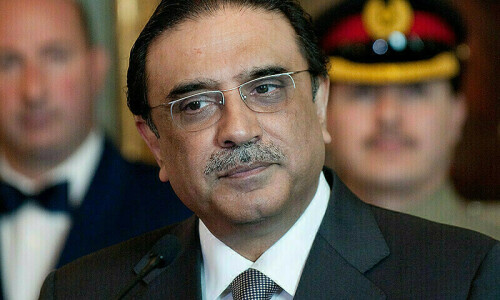KARACHI: Remittances are expected to cross a record high of $3.5 billion in March, rising 15 per cent month-on-month, driven largely by inflows during Ramazan, according to financial experts and currency dealers.
The spike in remittances has provided the government with much-needed breathing space, easing the burden of external debt repayments and providing strong support to the exchange rate.
“We have sold about $450 million to banks in March — significantly higher than in February and much higher than March 2024,” said Zafar Paracha, general secretary of the Exchange Companies Association of Pakistan (ECAP). He said the additional inflows in March were due to Ramazan.
The remittances for March are estimated to exceed $3.5bn against $3.11bn for February. The country received $2.95bn in March 2024 and $2.5bn in March 2023.
Record inflows strengthen rupee, ease pressure on external repayments
The government had set a target of $35bn in remittances for the current fiscal year (FY25), but financial experts believe the inflow would exceed the estimate. “The inflows could reach up to $36bn in FY25,” said a currency dealer in the banking market.
The inflows through remittances have been rising every month, collectively increasing by 32.5pc in the first eight months of FY25, setting a new record.
Pakistan received a total of $23.96bn during July-February FY25, an increase of $5.9bn, or 32.5pc, over the same period in FY24.
The country received $30.2bn that year, while the government expects an additional $5bn to receive a total of $35bn this year. During the first eight months of the current fiscal year, the government received $23.96bn, compared to $18.083bn during FY24 — an increase of $5.9bn already.
“The target has already been achieved; the government may receive $36bn instead of the target of $35bn in FY25,” said Mr Paracha.
The inflows noted a record jump from the UAE during the first eight months of FY25, rising by 56pc to $4.85bn.
Similarly, the largest amount of remittances came from Saudi Arabia, registering an increase of 34.6pc to reach $5.89bn during the eight months.
Currency dealers in the banking market said the pattern of inflows during March remained the same and inflows would reach a record high from these two countries.
“Sources in the financial sector believe that during the recent visit of Prime Minister Shehbaz Sharif to Saudi Arabia, more visa relaxation for Pakistani workers was discussed,” said a banker.
Meanwhile, Pakistan continues to grapple with unemployment, particularly among the youth, where joblessness stands at around 22pc. With the country’s GDP growth lagging, prospects for job creation appear to be dim, further increasing dependence on overseas employment.
Published in Dawn, April 3rd, 2025














































